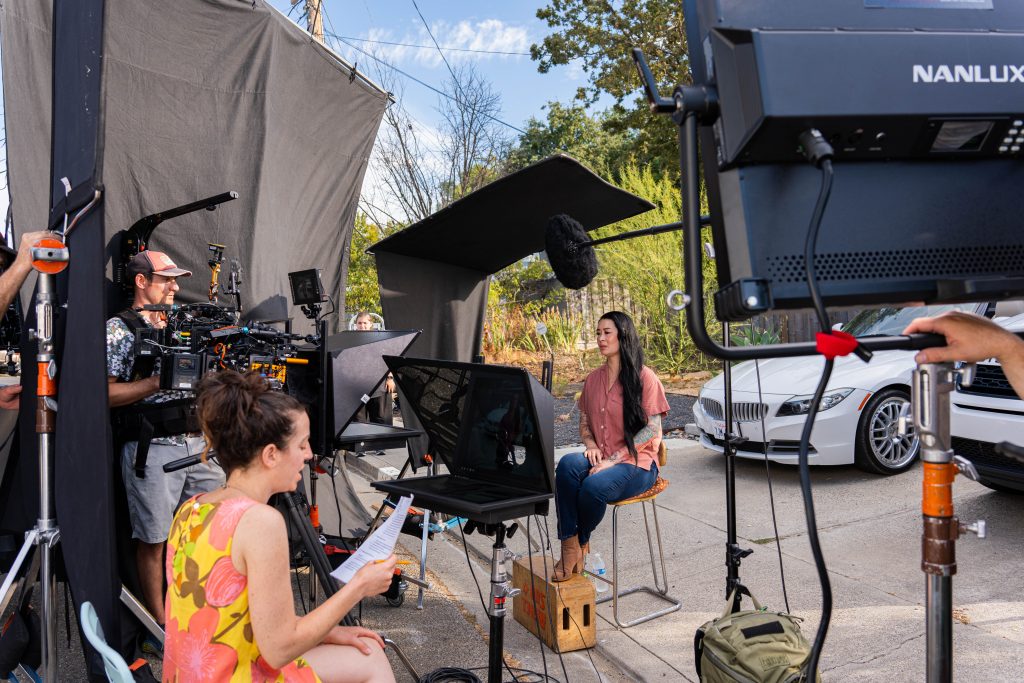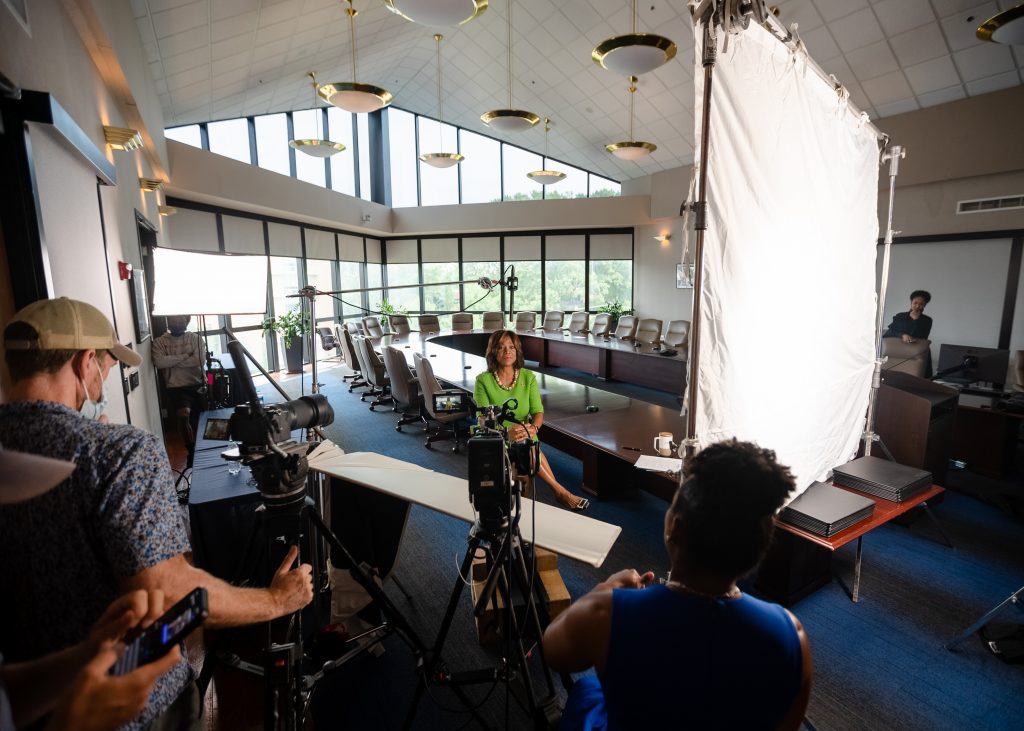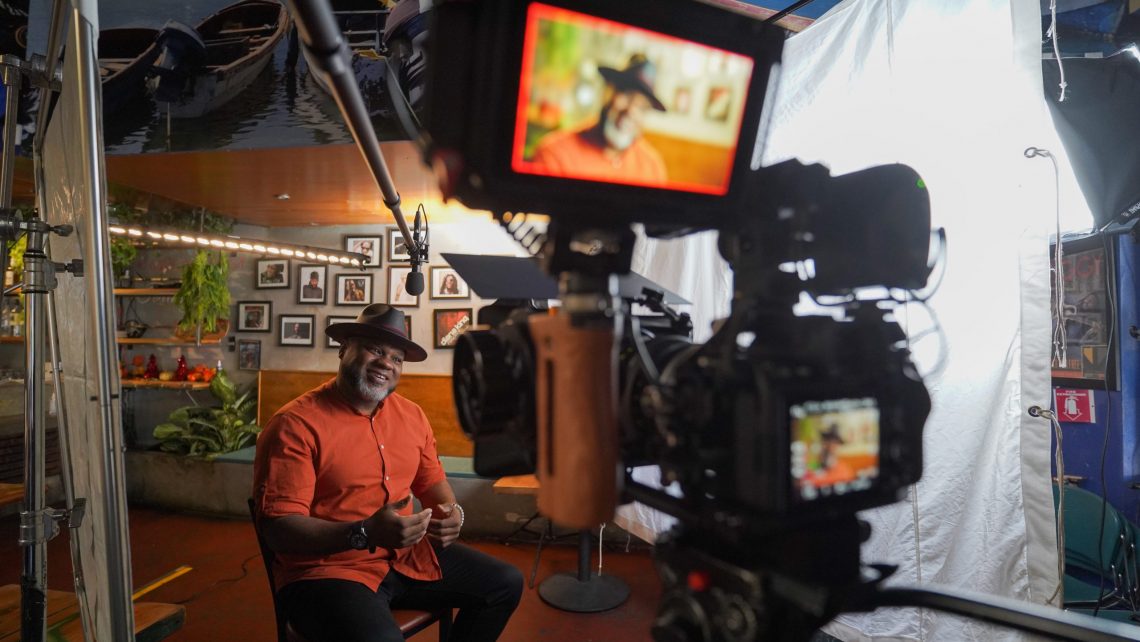To achieve the best results possible when conducting an interview for video production, it’s favorable to determine all the logistics pre-interview.

determine what you want out of the interview, conduct pre-interviews if needed, and draft up a strong list of questions.
Getting started can seem difficult, so here is a list of steps to consider following:
- – Determine key information to obtain
- – Set the tone and level of formality/informality
- – Determine an audience
- – Determine a pace
- – Determine type of wardrobe for interviewees
- – Budget enough time for breaks on-set
Once you have understood clearly what key information to obtain, thinking ahead of time about small details such as tone, pace, formality level, appearance (wardrobe) will be beneficial to the interviewee(s) and allows you to guide them more confidently.
These details should also be reflected in your list of questions. Ask a question with the tone and level of formality (language, vocabulary) that you wish the interviewee to have/display. To be more productive on set, phrase questions in a way that would assume an answer of your desired time length, and avoid ‘yes’ or ‘no’ questions, for only in certain cases will it ever bring value to your video. Be sure some questions leave the interviewee room for creativity, as this will help them loosen up and appear more authentic and confident. It could be beneficial to have extra questions to keep the pace going or help transition between key questions. It’s often hard for an interviewee to switch topics completely. It could take up the same amount of time for them to formulate an answer that is useful or as complete as it would otherwise be for the video. Your list of questions is there to help move the interview along, but can also be used as merely a guide.

Consider asking spontaneous questions if the interviewee brings up something interesting that you want to explore further.
When conducting an interview on-set, being aware of your body language and appearance to the interviewee can help you achieve the results you want. Introduce yourself to the interviewee, set your tone, and be friendly (somewhere in between casual and serious if you’d like). Most interviewees will have a bit of nerves, so reassure them that there are no mistakes, no wrong answers, and no need to rush. Set clear expectations about the interview: where you want them to look (you or the camera), how fast you’d like them to speak, and whether they should be more formal or informal. Remember to keep quiet while they are speaking, unless you are also in camera. Politely nod, make facial expressions, and make eye contact to show you’re listening. Try not to interrupt too often, instead make eye contact and nod when you want them to keep talking, or break eye contact and look down when you’d like them to wrap up. At the end of the interview, ask if they have any final thoughts or if there’s anything they forgot to mention. Don’t forget to thank them for their time and efforts.
